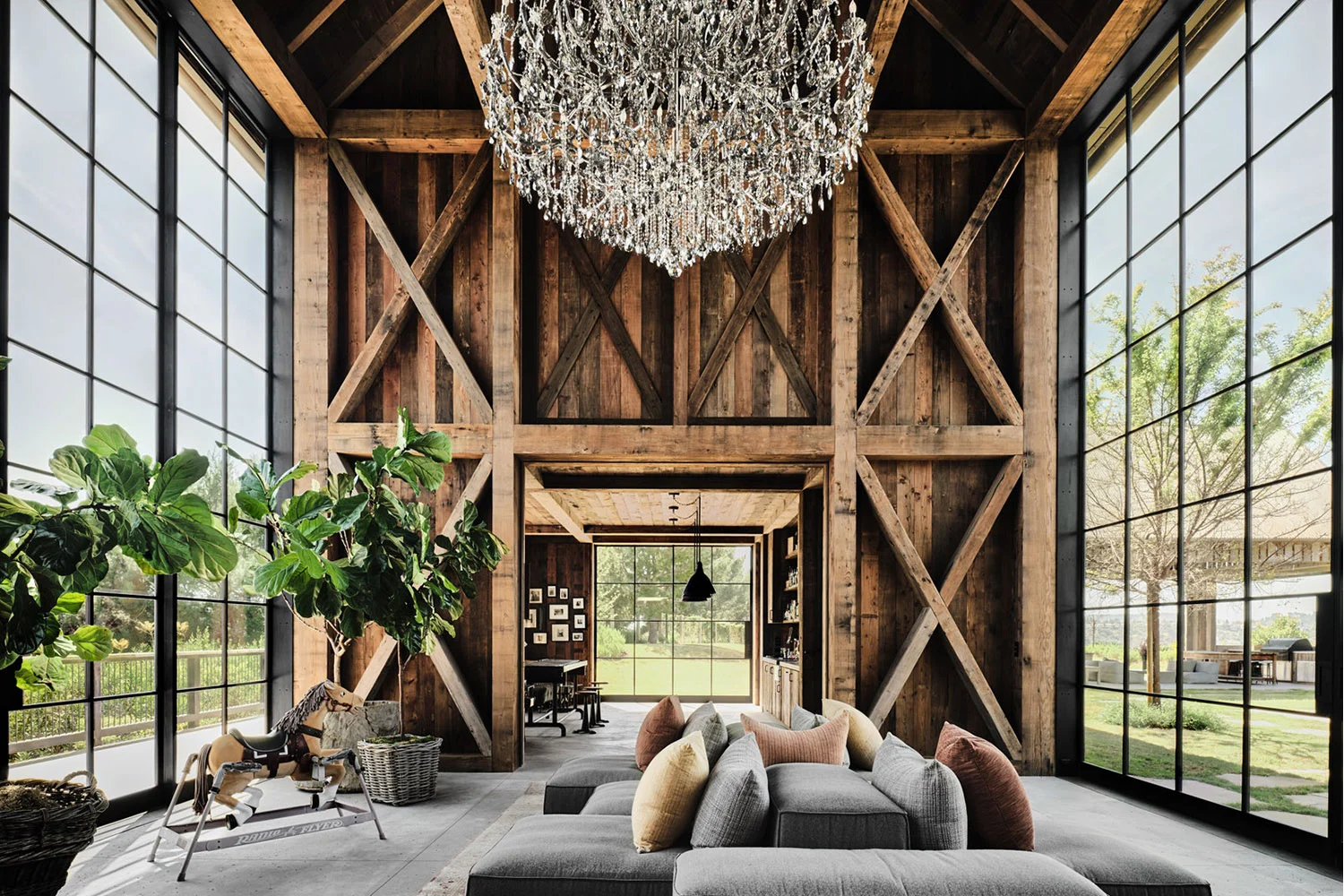Will Vancouver’s Market Correct in 2025? Key Indicators to Watch
Aug 3, 2025
Vancouver’s real estate market is teetering between delusion and reality. On one side, sellers and developers are clinging to 2021 fantasy pricing, convinced that a mythical rebound is just around the corner. On the other, a growing wave of listings, weak sales volume, and exhausted buyers is pointing toward something much more sobering: a full-blown correction.
But will it actually happen in 2025?
The short answer: it’s already happening—you’re just not supposed to notice.
The long answer: yes, but it depends on whether the last threads holding the illusion together finally snap. And those threads—interest rates, inventory levels, unemployment, and political denial—are fraying fast.
This article unpacks the hard data, unspoken market trends, and uncomfortable psychology behind Vancouver’s slow-motion unraveling. If you're a buyer, seller, agent, developer, policymaker, or just someone watching the car crash in real time, here's your roadmap for what to watch in the months ahead—and what it means when the crash finally stops looking slow.
Inventory is Surging—and That’s Just the Beginning
If you want to see whether a correction is coming, start with the basics: supply and demand. Spoiler alert—Vancouver is getting buried in supply.
According to the Real Estate Board of Greater Vancouver (REBGV), total residential inventory hit 12,213 listings in March 2025—the highest it’s been in over five years. That’s a 23% increase year-over-year, and more than 40% above 2021 levels when inventory all but vanished during the pandemic mania.
The spike in listings isn’t just seasonal. It’s structural. Investors are offloading. Flippers are abandoning pre-sales. Empty nesters are finally downsizing. And homeowners who bought at the top are trying to exit before reality sets in.
Meanwhile, sales are dropping like a stone. March 2025 saw just 2,505 homes sold, a 19% year-over-year decline, and a 31% drop from the spring 2021 peak. The sales-to-active-listings ratio—arguably the most telling metric of market momentum—has now fallen to 14.6%, down from 24% a year ago. For context, anything below 12% is considered a buyer’s market. We’re headed there fast.
This isn't just a volume mismatch. It’s a pricing failure. Many of these new listings are mispriced by hundreds of thousands of dollars. Sellers are throwing Hail Marys, clinging to outdated CMAs and their neighbour’s 2022 sale as proof they’re still sitting on gold. But the only thing piling up is stale inventory and false hope.
Key indicator to watch:
➡️ Listings-to-sales ratio. When it dips below 12%, the correction enters a new phase—forced price cuts.
The Interest Rate Reality Check
The second major correction catalyst is sitting in every buyer’s mortgage estimate: the interest rate wall.
As of August 2025, the Bank of Canada’s overnight rate remains at 5.25%, and while economists are whispering about cuts in late 2025 or 2026, they’re just that—whispers. Inflation is sticky, and the BoC is gun-shy after being burned in 2021–22 by “transitory” narratives that aged like milk.
Here’s what this means in real terms:
A $1 million mortgage at 5.5% amortized over 25 years costs about $6,100/month in principal and interest. That’s before taxes, strata, utilities, and insurance. For the average household earning $89,000/year in Vancouver, this level of debt service is mathematically—and spiritually—impossible.
And yet prices haven’t adjusted to this reality. Detached homes still average $2.1 million, and townhomes are nudging $1.4 million across much of Metro Vancouver. The numbers simply do not work unless you’re flush with inherited wealth or you’re parking money from abroad.
If rates remain elevated into 2026, we’re going to see a wave of forced selling among those who bought with variable rates or short-term fixed terms in 2020–2022. Many of these owners are already in negative cash flow territory. Renewals are coming. Stress tests are getting tighter. And for flippers or Airbnb “investors,” the game is over.
Key indicator to watch:
➡️ Renewal cliffs. Fall 2025 and Spring 2026 will see thousands of 5-year fixed terms from 2020–21 come up for renewal. Watch mortgage delinquency and listing spikes around those timelines.
The Buyer Psychology Has Shifted—Permanently
What most agents won’t say out loud is this: buyers have stopped believing.
The pandemic-era FOMO is dead. The bidding wars are over. Buyers aren’t waiving inspections or lining up for condos that haven’t broken ground yet. They’re walking through $1.7 million duplexes in Mount Pleasant and asking: “Why does this feel like a motel?” They’re seeing $799,000 one-bedrooms downtown and wondering why the walls are thin, the fixtures are cheap, and there’s no central AC. And they’re not buying.
A 2025 buyer is informed, burned, and skeptical. They’ve read about investor overhang. They’re checking the strata minutes. They know the unit upstairs is listed for $40,000 less. They’re not desperate—and that’s a huge problem for sellers banking on emotion.
And this shift isn’t just anecdotal—it’s in the stats. Mortgage pre-approvals are down. Open house traffic is down. Online listing views have plummeted. Zolo.ca reports that over 38% of active listings in Metro Vancouver have seen price reductions in the last 90 days. In higher-end neighborhoods like West Vancouver, that number climbs to 54%.
The trust has eroded. And when buyer trust goes, market momentum goes with it.
Key indicator to watch:
➡️ Price reductions. If over 50% of listings in a submarket undergo cuts, buyer sentiment has fully shifted—and sellers will follow.
Developers Are Sweating—and So Are Their Lenders
There’s a quiet panic spreading through Vancouver’s development community.
Between 2020 and 2022, developers were kings. Projects sold out in hours. Deposits rolled in. Renderings turned into speculative gold. But in 2025, presales are stalling, construction is slowing, and flippers are backing out of assignments they can’t close on.
In Brentwood, Richmond Centre, Surrey Central, and Oakridge, towers that sold out on launch day are sitting half-empty. Some developers are offering 5–7% assignment fees waived, cash-back incentives, or rent guarantees. Others are pausing entirely.
The financing model is breaking. Many of these projects relied on presales to qualify for construction loans. Without sales velocity, lenders get cold feet. And with interest rates this high, even “secured” builders are starting to wobble.
If a wave of projects is cancelled or mothballed, that won’t help housing supply in the long term. But in the short term? It’s going to unleash a glut of unsold inventory as flippers and assignment holders flood the MLS.
Key indicator to watch:
➡️ Assignment listing volume. When you see pages of resale pre-sales hitting the market with desperate language like “Motivated Seller!” or “Below Purchase Price,” you know the correction is accelerating.
The Political Winds Are Shifting—But Too Slowly
Governments are finally admitting the problem, but they’re still solving for symptoms, not causes.
In 2025, both the federal and provincial governments have doubled down on immigration-driven growth while scrambling to retroactively address housing affordability. There are new zoning mandates around transit stations. There’s talk of faster permitting. But none of this addresses overvaluation, speculation, or household debt.
The Foreign Buyer Ban remains full of loopholes. Money laundering continues through nominee ownership, bare trusts, and loophole-ridden transparency registries. And politicians still avoid using the word “bubble” like it’s Voldemort.
And yet, the pressure is building. Younger voters are furious. Tenant advocacy groups are gaining ground. And headlines are shifting from “How to Compete in a Hot Market” to “Why Nothing is Selling Anymore.” If the market continues to falter, governments will be forced to act—not out of courage, but survival.
Key indicator to watch:
➡️ Policy about-face. If the feds suddenly float mortgage insurance changes, tax incentives, or cash infusions to “revive” the market, that’s panic—not policy.
The Bottom Line: Will Prices Fall in 2025?
They already are.
Quietly. Slowly. Stubbornly. But undeniably.
Detached home prices are down 7–12% year-over-year across much of Vancouver proper. Condos have dipped 4–8%, with more softness in investor-heavy zones like Richmond, Brentwood, and Cambie Corridor. Pre-sale assignments are down as much as 20–25% from peak contract values.
But this isn’t just a price story—it’s a confidence story. And once confidence breaks, prices follow faster.
Will 2025 bring a dramatic crash? Maybe not in a single month. But the correction is here, and all the leading indicators—inventory, interest rates, buyer psychology, developer pressure, and political dysfunction—are pointing one way: down.
How far? That depends on what breaks next.
Final Word: Watch These 7 Indicators in 2025
Listings-to-sales ratio – Below 12% means a buyer’s market. We’re close.
Price reduction rate – When over 50% of listings cut price, the shift is real.
Assignment listing volume – Presale panic equals market unraveling.
Mortgage delinquency data – Still low... for now.
Renewal wave data – Fall 2025 renewals will be brutal.
Developer project pauses – When Oakridge slows, the message is clear.
Policy panic – Watch for incentives that signal desperation.
Let the real estate boards spin whatever story they want. Let sellers dream of 2021. Let agents quote the “benchmark” like it means something.
But the numbers don’t lie.
Vancouver’s market isn’t about to correct in 2025. It already is.
And the sooner we stop pretending otherwise, the faster we can build something that works for the people who actually live here.


























